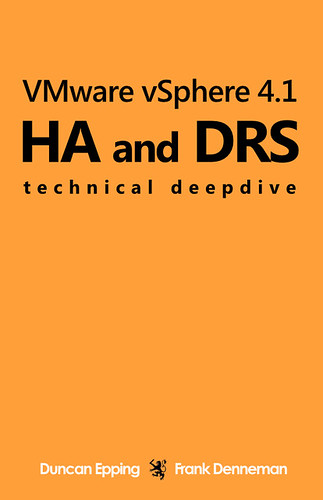I received a very valid question this week from someone who bought our book. The question was as follows:
On Page 35 it is mentioned that a Secondary Node is not automatically elected as a Primary if a Primary fails. It then goes on to state the conditions under which this does occur, one of these is if the primary node becomes disconnected from the Cluster. When an ESX host fails doesn’t it always end up in the “disconnected” status, if so why isn’t the role transferred?
This one had me thinking for a couple of minutes as it was 6 months ago that I wrote that section, but I knew I tested this back then. When a host fails it will not receive the status “disconnected” but it will receive the status “not responding”. You can disconnect a host by right clicking it and selected “disconnect from cluster”, that would transfer the role to another node… in the case of “not responding” this doesn’t happen as vCenter is unaware of what happened to the host.


